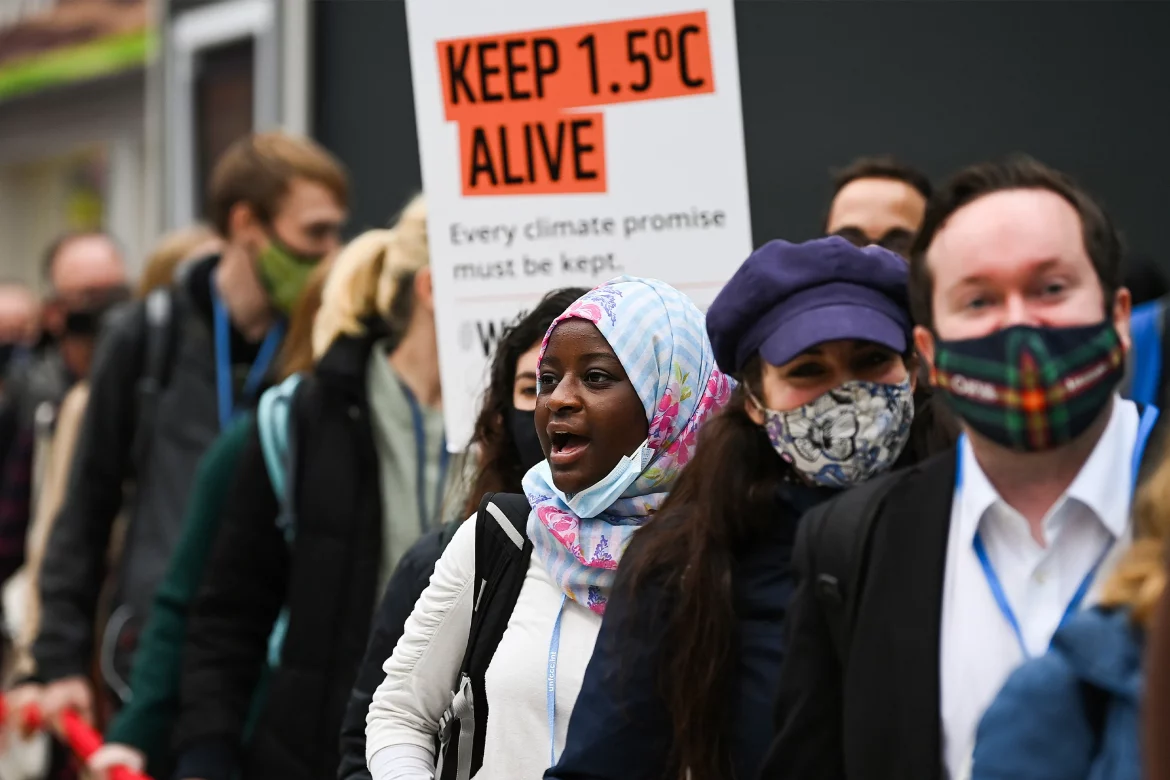The latest report released by the United Nations has said global efforts to respond to climate change are hitherto insufficient, and said it is time to begin studying technologies to reflect sunlight away from the Earth to cool it down temporarily, .
The U.N. Environment Program said in a written statement that accompanied the release of the report that reducing greenhouse gas emissions is the only way to permanently slow global warming, but warned that worldwide efforts to reduce greenhouse gas emissions are currently “not on track to meet the 1.5° Celsius Paris Agreement goal.”
The UNEP also said a “speculative group of technologies” to reflect sunlight back away from the Earth have been getting more attention recently as the world is not responding to climate change urgently enough. This category of technologies is often called solar radiation modification (SRM) or more broadly solar geoengineering.
Read also: Experts say extreme heat is a health crisis
Written by an expert panel brought together by the U.N. program, the report on these technologies advised that it’s currently not a good idea to use them in an effort to respond to climate change.
However, it said “this view may change if climate action remains insufficient,” signaling that it’s time for rigorous study of both the technologies and the potential international governance.
A similar message came from a group of more than 60 scientists in an open letter that was also (coincidentally) published on Monday.
The U.N. report said solar geoengineering “is the only known approach that could be used to cool the Earth within a few years,” and would cost tens of billions of dollars per year per one degree Celsius of cooling.
While the technology to inject large quantities of aerosols into the upper atmosphere does not exist today, it’s not seen as being terribly complicated: “No show-stopping technical hurdles have been identified,” the U.N. report said, and it could be “developed in under ten years.”
Scientists know it works quickly, citing the drop in the global average temperature after large volcanic eruptions have spread large quantities of aerosols into the upper atmosphere. These observations of volcanic activity provides “strong evidence that a deliberate injection of large amounts of reflective particles into the stratosphere would cool the Earth rapidly,” the U.N. study said.
“If global warming at some point produces outcomes widely seen as intolerable (e.g. widespread famines, mass migration, mass mortality and destruction of infrastructure) an operational SRM deployment as part of a ‘planned’ emergency response might be able to alleviate some of this suffering within a few years,” according to the report.
Story was adapted from CNBC.
